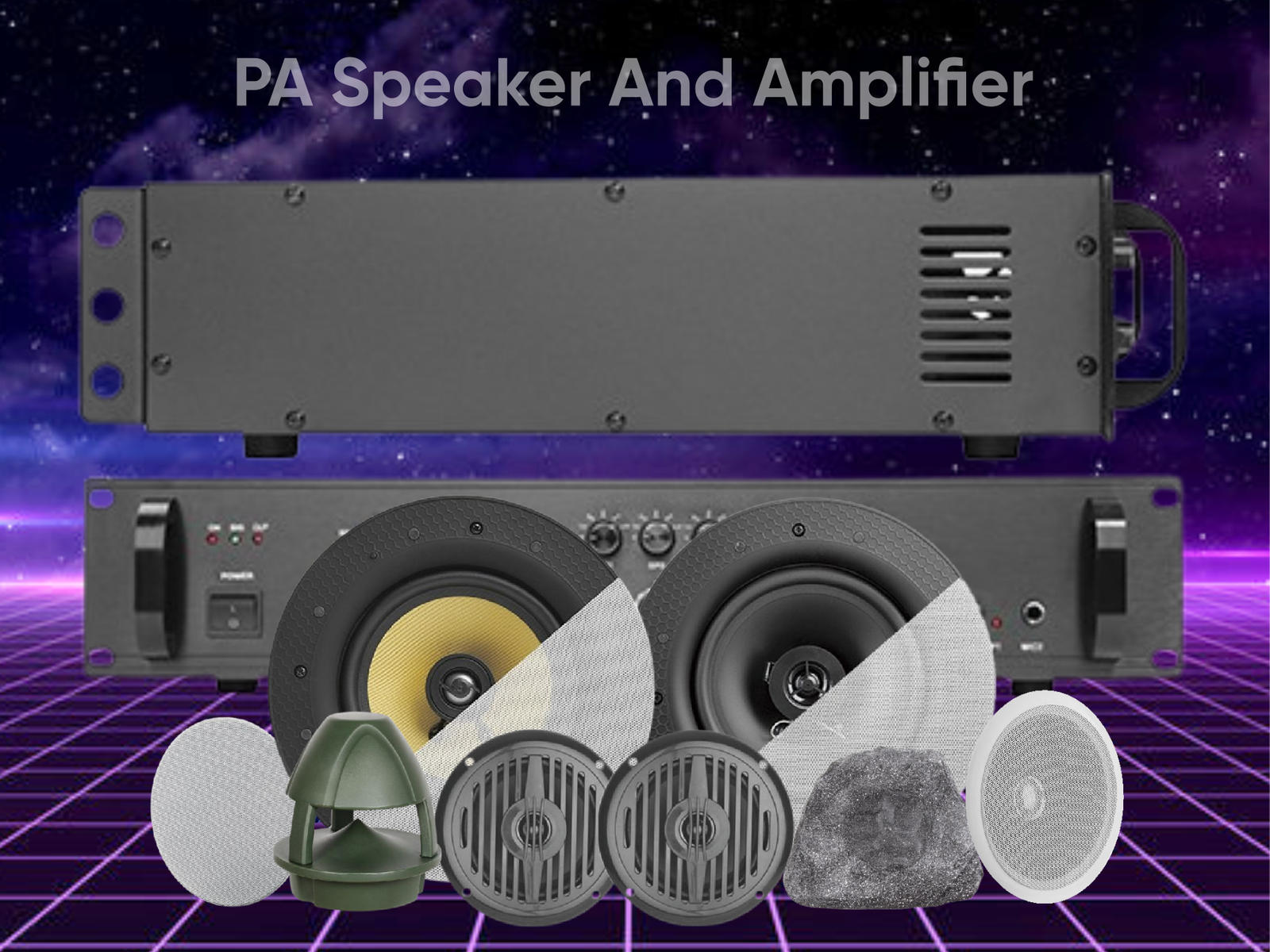Buying A PA System? 10 Mistakes That Could Cost You
Choosing a PA speaker and amplifier is more than just picking the loudest gear. If you make wrong choices, you waste money and reach. This guide will help you avoid common errors and get the best PA speaker and amplifier.
1. Ignoring the Venue Size and Acoustics
You must match power and type to your space. A small room needs less wattage. A large hall or open area needs more power and good dispersion. Also, if your venue has hard walls or high ceilings, sound will echo. You will need speakers with better directivity or acoustic treatment.
2. Choosing Wrong Power Ratings
Many pick speakers or amplifiers with mismatched power. If the amplifier is too weak, you push it too hard and get distortion. If it is too powerful for the speaker, you may damage the speaker. Always check continuous (RMS) power of speaker and amplifier and choose an amplifier that gives some headroom.
3. Overlooking Impedance Matching
Speakers have impedance (often 4Ω, 8Ω, etc.). Amplifiers also list their output impedance. If your speaker impedance is lower than what the amp can handle, amp may overheat or fail. If impedance is too high, you lose output.
4. Neglecting Speaker Sensitivity
Sensitivity tells you how loud a speaker will be with a given power. A speaker with high sensitivity gives more volume with less wattage. If you ignore this, you might buy huge power but weak sound. Always target speakers with good sensitivity if you want clear sound without pushing the amp.
5. Forgetting Channel Needs or Number of Speakers
If you use several speakers, monitors, subs, or zones, you need enough amplifier channels or additional amps. Don’t try to run too many speakers off too few amp channels. It may overload the amp or reduce control over volume per speaker. Plan how many channels you need before you buy.
6. Ignoring Connectivity and Input Options
Check inputs (XLR, Speakon, ¼-inch, RCA) and outputs. If your mixer, mic, or devices use certain connectors, ensure the amplifier supports them. Missing compatible inputs can force you to buy extra adaptors, which may degrade signal.
7. Underestimating the Importance of Headroom
Headroom means extra power beyond what you usually need. It lets you handle peaks without distortion. If you pick an amp that barely meets average needs, loud moments will distort sound. Choose a setup that gives clean sound even when volume jumps.
8. Overlooking Portability and Installation
If your PA speaker and amplifier will move often (for events, gigs), then weight, size, handles, durability matter. Always plan location, mounting, wiring.
9. Neglecting Future Growth and Scalability
You might start small, but if you plan bigger events or more zones, your PA system should allow upgrades. Buying a system that cannot expand means more cost later. Choose amplifiers/speakers that allow adding more, linking zones, or upgrading without replacing everything. This makes the best PA speaker and amplifier purchase more sustainable.
10. Skipping Warranty, Support, and Build Quality
Cheap materials or thin metal enclosures may save money now but cost in repairs later. Check that speaker cones, amplifier parts, and connectors are of good quality. Also check warranty, service network, and spare parts.
If you need help, Purplewave India offers expert advice on PA speakers and amplifiers. We can help you pick gear that fits your space, use-case, and budget.



